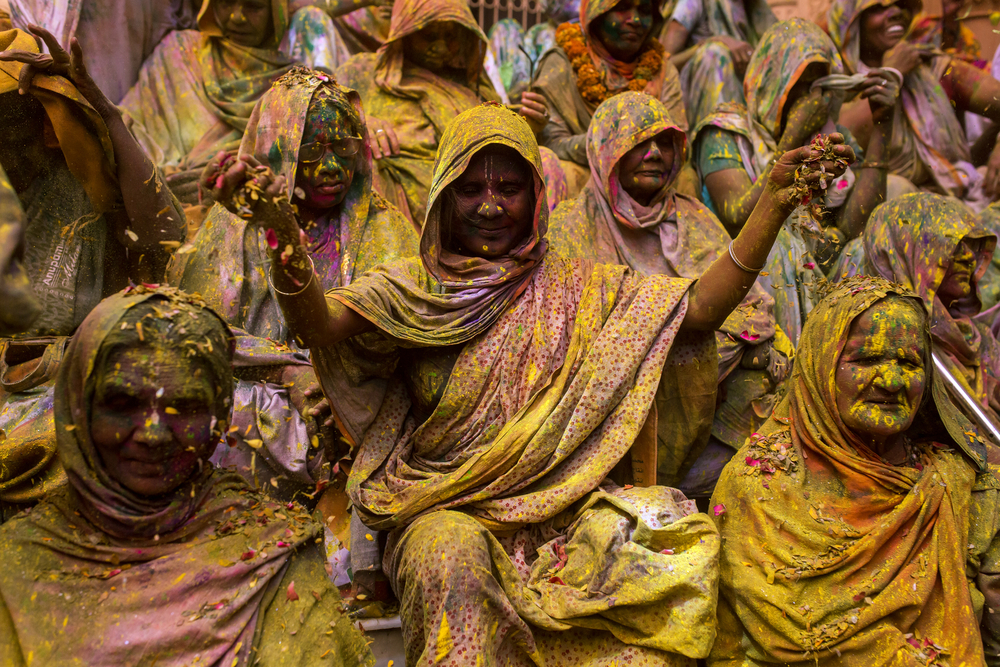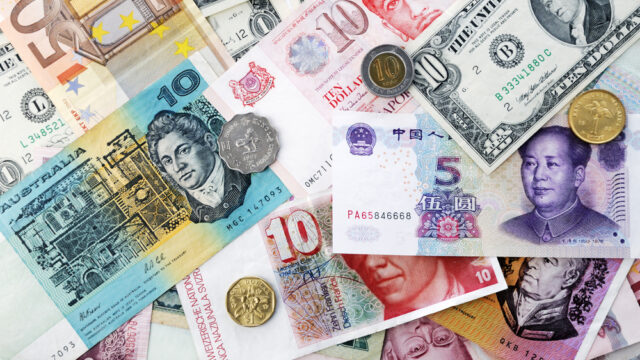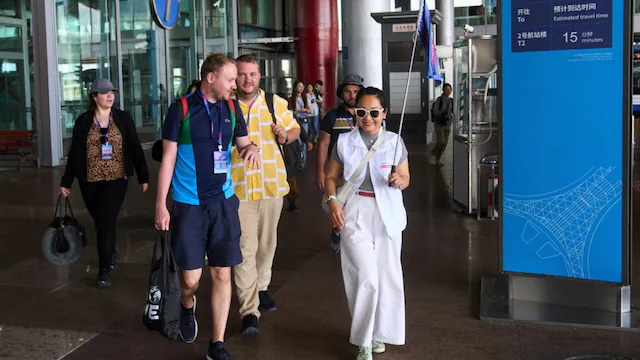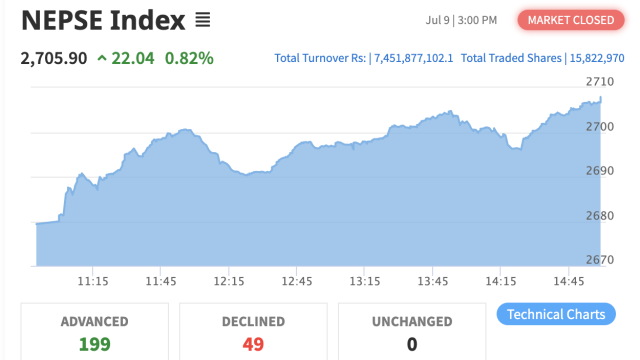Wherever the pilgrims of the Mithila Parikrama journey go, they create a vibrant, Holi-filled atmosphere. The travelers, singing and dancing, are seen fully immersed in Holi songs and Sitaram chants. On the eighth day of the journey, as they reach Kanchanwan in Mahottari, the Holi festivities have added to the celebratory spirit of the journey.
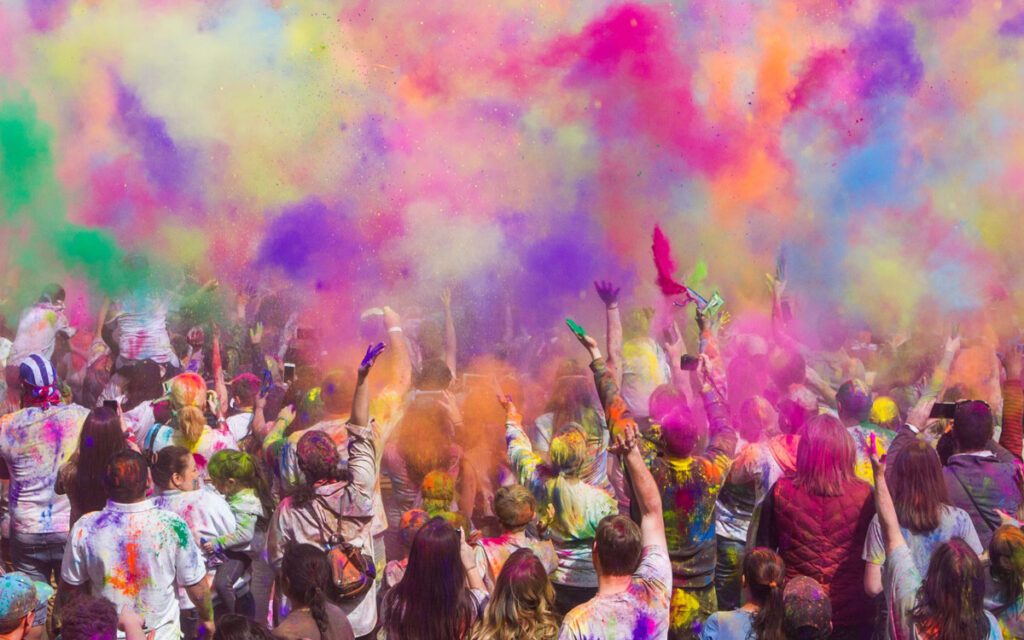
With the song “Mithila Mein Ram Khele Holi Ho, Mithila men” echoing, the travelers, dancing joyfully, enthusiastically throw colors at each other. One group of travelers sings a question in the form of a song: “Kinkake Hath Kanak Pichkari, Kinkake Hath Abir Jhori!” (Whose hand is holding the golden-colored pichkari, and whose hand is carrying the bag of color?). Another group responds with a reply in the song: “Ramjike Hath Kanak Pichkari, Siyajike Hath Abir Jhori!” (Ram’s hand holds the golden pichkari, and Sita’s hand holds the bag of color). The entire atmosphere is filled with the joy of festival, as everyone participates in the colorful celebration.

The Fagu songs themselves are full of joy and beauty, and as the singers’ passion mixes with their music, the Mithila Parikrama journey has turned into a Holi celebration. Everyone is dancing, and the travelers’ colors not only cover the people but even the earth itself. The voices blend in perfect harmony, and the rhythm matches the mood: “Hori Khele Raghubira, Siyasang Hori Khele Raghubira!” (Raghubir played Holi with Sita!).

For the first seven days, the pilgrims are deeply engaged in devotion, but upon reaching Kanchanwan in Mahottari, where the festival begins, they are transformed into a colorful celebration. Although they follow all the spiritual practices of the journey, the Holi atmosphere in Kanchanwan adds a vibrant touch to the rest of their trip, making the journey full of song, dance, and color, as shared by Hanuman Sharan Das from Dimahi, an Indian border village connected to Mahottari.

The journey, starting on Phagun Amavasya and lasting 15 days, is marked by devotional rituals and spiritual goals. Pilgrims carry a small bundle of sama (grains) on their heads and sing chants like “Jai Siyarama” in their hearts. Barefoot, with thousands of fellow travelers—known and unknown—they walk with a desire for liberation and spiritual well-being. As they reach the eighth day, the atmosphere shifts to Holi celebrations, with Holi songs and colorful surroundings.
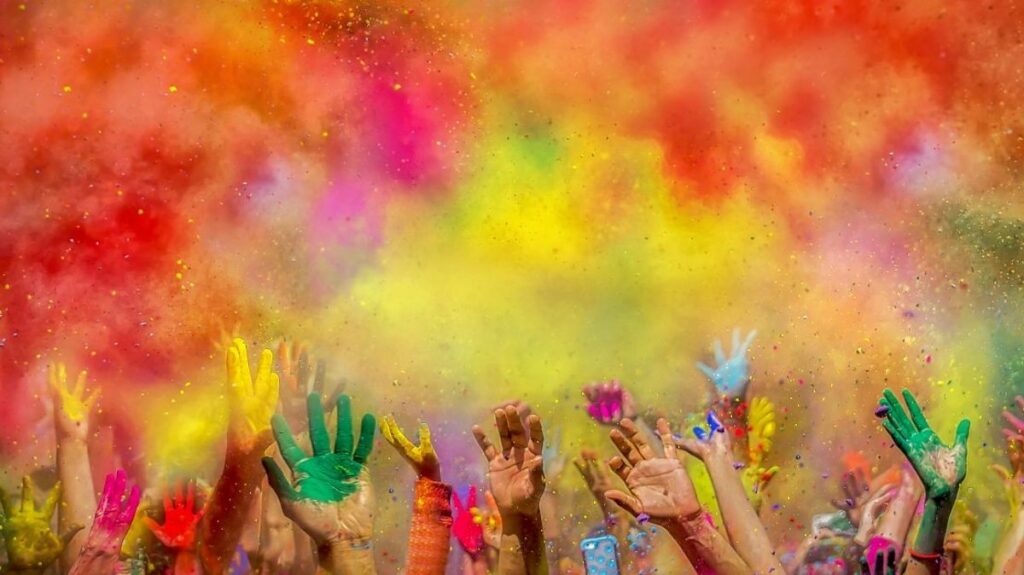
In Kanchanwan, while the pilgrims are in Bihar, they believe that Lord Ram and Sita played Holi, and this is the belief that drives the participants to color each other and celebrate the festival of colors. Although the Fagu festival traditionally begins on Vasanta Panchami, in Mithila tradition, it is after the Holi celebration in Kanchanwan that the Fagu festival officially begins.
